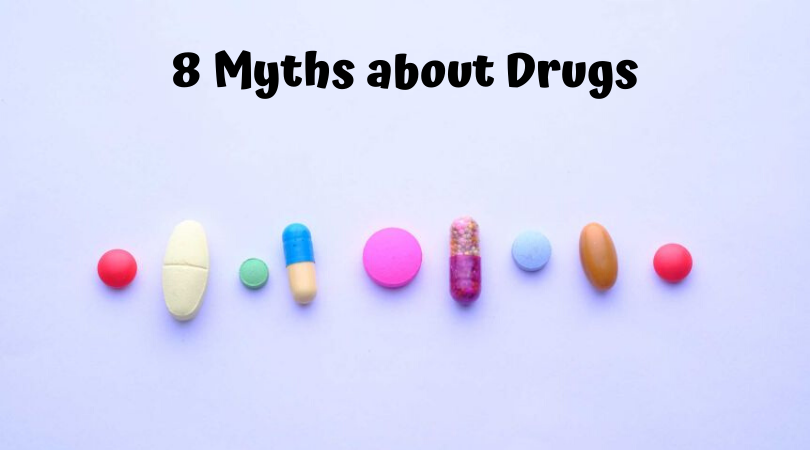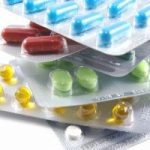Myth#1: Cheap = less effective?
There are branded medications and generics (analogs). According to medical experts, the development and launch of a new exclusive drug on the market costs from $200 to 400 million and takes from 10 to 15 years. Pharmaceutical companies seek to compensate for these huge costs, adding them to the price of medications. A patient deserves to get top-quality medications. In Europe, the requirements for the quality of drugs are very high.
In the production of generics, the active substance of the original medications is used. Therefore, it is possible to avoid the multimillion-dollar cost when creating new therapeutic molecules. At the same time, generic drugs are produced according to strict international rules for the organization of production and control of medicines (GMP). They guarantee their quality. By the way, it is considered profitable to produce generics in the pharmaceutical world. They are produced by many well-known pharmaceutical companies.
Myth#2: Generics = weaker therapeutic effect + more side effects
The development and implementation of a generic is actually not an easy and quick process. It can take from 3 to 6 years. The specialists of the Egis pharmaceutical factory do not just “copy” the active substance of the original drug. Based on the already known synthesis (creation), they include innovative elements, such as a new catalyst, an intermediate product, or the use of another solvent with more favorable properties. Doctors confirm: in practice, it is really possible that a patient will better tolerate when taking a high-quality generic drug.
Myth#3: In developed countries, the population prefer brand-name medications
In fact, in developed countries, generics now account for about half of the drug market. At the same time, they account for about 15 – 20% in cost due to lower prices.
Myth#4: Helped other people = helped me
Many diseases have similar symptoms. Self-diagnosis and, as a result, self-medication are associated with severe ramifications. For example, in the spring, allergic rhinitis is often taken for the common cold, from which even great doses of cold medications cannot save. In addition, one medicine for different people can act differently.
Myth#5: Herbal remedies are better than chemically produced
We are used to thinking that medications made from natural supplements are harmless, not like any kind of chemically produced which has a bunch of side effects. In fact, herbal supplements result in allergies, poisoning, and unpredictable reactions. It happens because herbs can contain toxic substances and alkaloids, so you cannot use them uncontrollably and exceed the dosage. For example, an allergic reaction to echinacea is often observed. Sometimes it manifests just as rash and itching, sometimes asthma attacks and even anaphylaxis.
Myth#6: The doctor is mistaken in prescribing a dosage other than that indicated in the instruction
It happens that the doctor prescribes a medicine at a dosage different from that indicated in the instruction for use. He, for example, prescribes the drug to the child, which is a direct contraindication according to the instruction for use. The chances that the doctor is incompetent are extremely small, most likely, he bases the indication on his experience and in the interests of the patient.
Myth#7: Dysbacteriosis can not be avoided when taking antibiotics
Not always taking antibiotics threatens to turn into problems with the intestines. Their negative impact depends on the state of the body, its individual reaction, the correctness of taking the drug and its novelty. So, a person who is abusing antibiotics, especially without a doctor’s appointment, is more likely to encounter unpleasant symptoms of dysbiosis. In addition, the effects of many modern antibiotics are milder. They do not result in problems with the gastrointestinal tract, so you can ask your doctor to choose a medicine that will be newer and safer.
Myth#8: Drug development is becoming more expensive
The price of medications is formed in the same way as for all other goods – the more consumers and suppliers of goods, the higher the price. The development of drugs takes a lot of time. Pharmaceutical companies, when calculating the rates of drugs, also try to cover the cost of failed projects. Yet, this is not the main reason for the high prices. Often, the studies to develop new drugs are conducted at universities that are already partially funded by the state.
In fact, the price is determined by the forecast of pharmaceutical companies on how much exactly consumers in the pharmaceutical market are able to pay for drugs. If people need a specific medicine, then the state’s task is to negotiate with pharmaceutical companies and make prices more reasonable. However, the success of price negotiations depends on the flexibility of companies.








